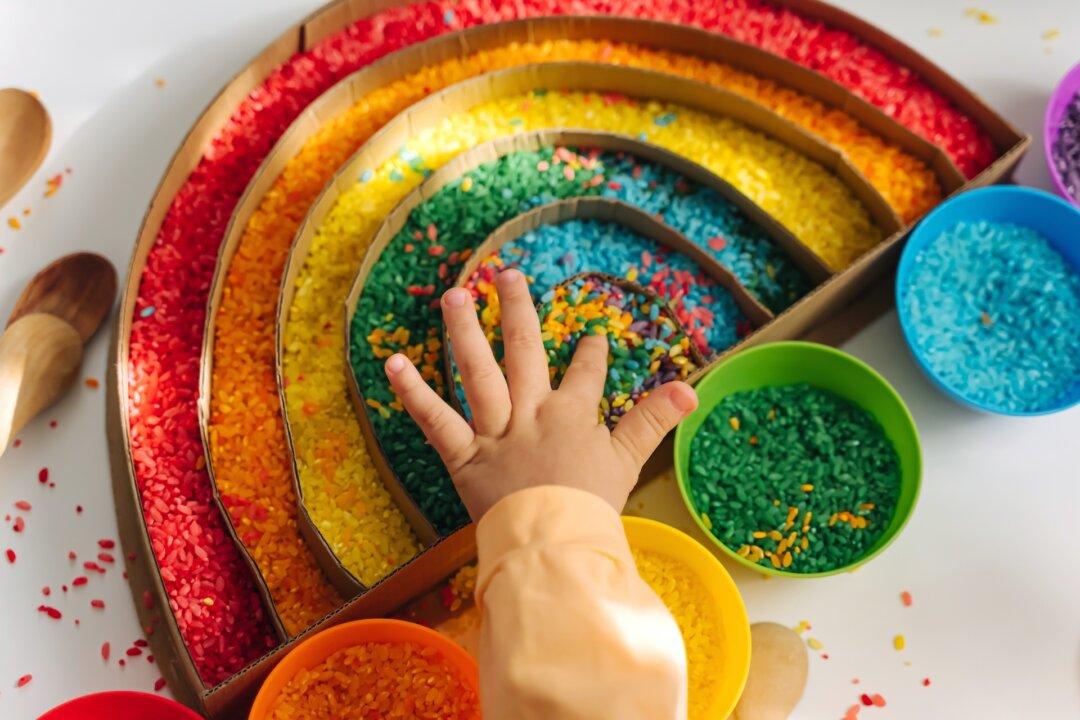One of the blessings of being a parent is the reward of celebrating your children’s accomplishments. You get to witness all their hard work—the progress and the setbacks. And through it all, you are their No. 1 cheerleader, always ready with a celebratory high-five or a sympathetic hug.
What Is a Vision Board?
Simply put, a vision board is a visual display of your child’s hopes, dreams, and visions for the future. It’s created by using a combination of images and inspirational words that represent the goals your child desires to achieve.Goals are typically set for a specific time period such as three to four months or seasonally; however, use your own judgment based on the individual needs of your kids.
Benefits of Using Vision Boards
Vision boards are powerful tools. They help teach kids how to identify goals, and they serve as a daily motivator for achieving those goals.Seeing a visual display of their goals every day, several times a day, helps keep kids focused on taking the steps necessary to complete each goal.
Vision boards also inspire creativity and spark passion in your children. Sometimes in order to achieve a goal, kids need to think creatively. They may need to brainstorm different ways to accomplish a specific goal.
Visualizing their goals also empowers kids and helps them to develop an “anything is possible” mindset. As they achieve more and more goals and update their vision boards with new goals, the process naturally boosts their self-esteem and self-confidence.
Consider tapping into that newfound confidence and encourage your kids to add some reach-for-the-sky goals or goals that are more complex. For example, if your son is taking saxophone lessons, he might want to challenge himself to play a more difficult solo. Or maybe your daughter loves animals; she might want to become a volunteer puppy raiser for The Seeing Eye organization. These might seem a bit more difficult to achieve at first, but the rewards will be priceless.
Creating vision boards is such a great hands-on project, especially when everyone works side by side. Older kids encourage and mentor the younger ones. Conversation flows, pauses for observation and introspection, and flows happily again and again.
Set the Stage by Getting Your Kids Excited
Yes, creating a vision board is great fun. But how can you create excitement and get your kids on board? (Pun intended.) Well, the sense of pride and accomplishment can be enough of a reward in itself. However, a prize basket just might be the perfect solution for those who are slower to get on board.How to Make Vision Boards With Your Kids
Ideally, it’s good to schedule an entire day or two for your kids to work on creating their vision boards.First, gather your kids together and show them pictures of different vision boards. Explain what a vision board is and what they'll be doing.
Then sit down with each of your kids individually and help them to identify their goals and make a list together. Your older kids may want to work independently, but younger kids might need help differentiating between what is and isn’t a goal. For example, your budding ballerina may suggest she dance to a song from “The Nutcracker.” Guide her and encourage her to perform a specific dance she’s been working on or to master positions, steps, and poses she’s been struggling to do.
You can also help your child choose goals by asking them questions: Is there something you want to learn how to do? Is there something you’d like to be able to do better?
Some kids might have so many different goals swirling around in their minds that they need help prioritizing. Talk it through with them and help them rank their goals, then choose the higher-ranking goals to start.
Next, each child will need to choose a background or foundation—a bulletin board or a magnetic whiteboard are great choices because both can easily be modified and remodified as often as necessary.
Then show your kids where to find images and text from sources such as magazines, online stock photos, old greeting cards, retail catalogs, wallpaper sample books, scrapbooking supplies, and clip art and greeting card software, and so on.
How a Vision Board Can Help Kids Achieve Goals
Placing your kids’ completed vision boards in a location where they'll be able to view them often on a daily basis is key. Visualization is powerful. Meaningful images stir up emotion, and this emotional response creates a strong connection between your kids and their goals.And because vision boards are an ongoing process, kids are more actively engaged as they add things and fine-tune the visuals on their boards whenever they want. As a result, they’re more focused and work more actively and consistently to achieve their goals.
Also, attitude plays a vital role. Stress the importance of having a positive, can-achieve attitude. Your kids might need a little encouragement, but helping them believe in themselves and in their ability to achieve is key to success. Reciting daily affirmations and adding some to their boards can help.
Teaching your kids how to identify and set goals for themselves is an essential life skill, and using a vision board to help them work toward and accomplish those goals is the perfect motivational tool—it’s personalized, it’s ongoing and interactive, and it’s a fun, creative, hands-on project that’s always evolving.





